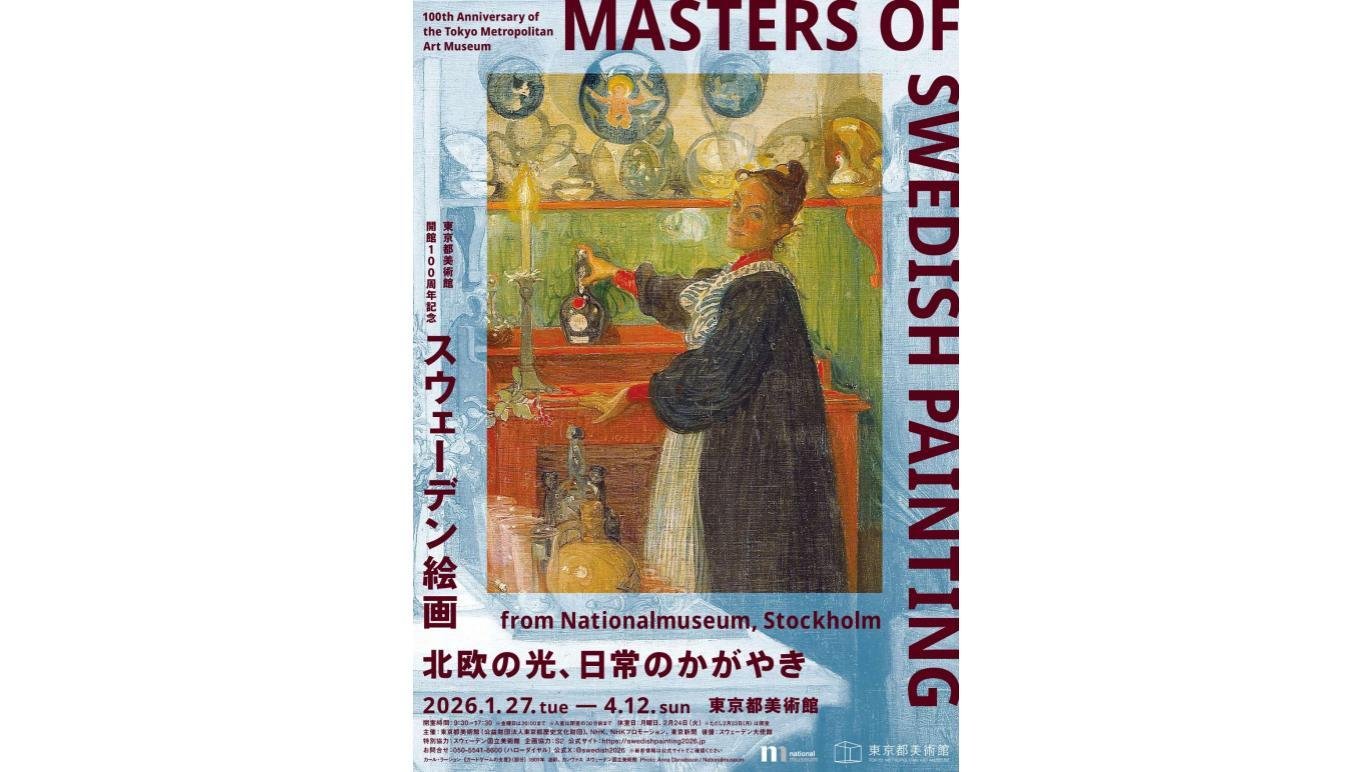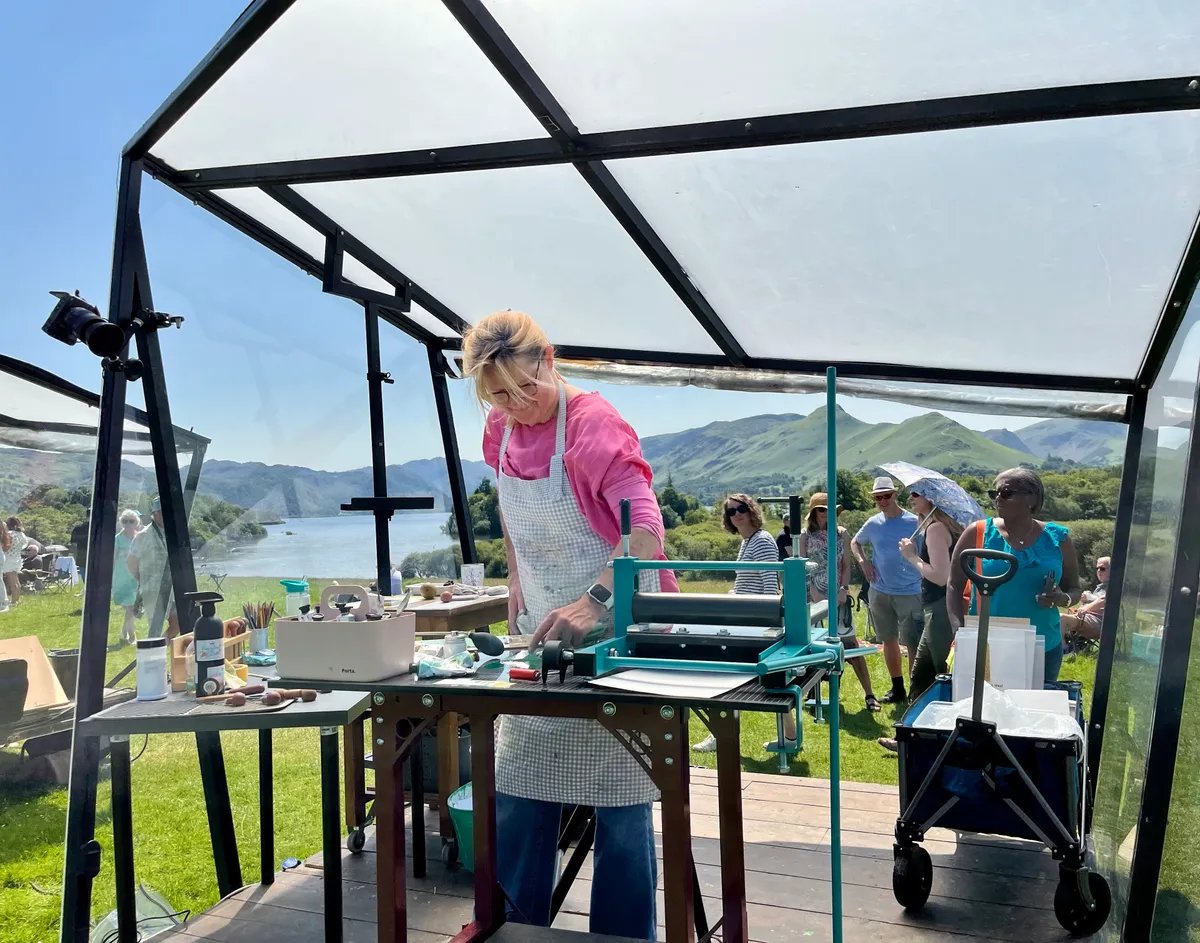Alvin Ong, After You, 2022, oil on canvas, 250 x 600 cm
Through his vignettes of daily life showing distorted bodily compositions navigating between pleasure and pain, Alvin Ong investigates themes of isolation, alienation, nostalgia and desire. Evoking emotional depth and complexity, his distinctive style is characterized by a fluid, almost dreamlike quality, where human figures and familiar backdrops merge seamlessly, creating a sense of movement and transformation. The mundane becomes a spectacle in which the viewer turns into a voyeur, invited to witness and scrutinize intimate scenes. The Singapore- and London-based artist speaks of his origins and his creative approach.
You were born in 1988 in Singapore. Tell me about your background, your upbringing, your parents, what you were like as a child and how you became interested in art.
My dad is a financial consultant and my mum was a software engineer. I used to draw a lot as an only child, but in my family, there was very little interest in culture, art or museums growing up. My primary school was a traditional Chinese one, and I was sent to abacus and traditional ink classes every Saturday. Because we only spoke English at home, I had difficulty understanding most of what was happening in class and I would often daydream. I was only introduced to painting much later at St. Joseph’s Institution when I took it for my O-Levels, and later switched to oils when I went to the Ruskin School of Art.
After studying architecture at the National University of Singapore, what subsequently drew you to art?
I was painting and doing portrait commission work on the side as a student. Harpreet Singh, a senior counsel of the Supreme Court of Singapore, approached me back then in 2012 to do a commissioned work for his office. School was getting a little hectic by that time in the third year of architecture school, so I took a year out to do this while applying to art schools in the UK, and never looked back! I think the painting still hangs in his office.
Alvin Ong, Dumpling, 2023, oil on canvas, 140 x 100 cm
Describe to me your artistic language and philosophy. What is the most important consideration when you first start creating an artwork? Do you know exactly how it will look like when you start or are you surprised by the end result?
I begin by drawing directly on the canvas, and then improvising and going with the flow. The figure often comes first. I have a rough idea of the narratives I like to play with, but quite often ideas get tossed out quickly if they don’t match the scale. I often use the Doodle app on my phone to try to resolve the situation. If it gets too tricky, I often just paint over and start over. It’s quite exhausting, but also quite a rewarding process, as keeping things open often leads to many surprises and new color palette discoveries.
Take me through the different steps of your creative and production processes. Tell me about your techniques, equipment and materials.
It begins with assembling the stretcher bars, then stretching the canvas, followed by rabbit skin glue, then white primer and a base underpainting coat to the canvas. Many artists use assistants, but I don’t, as I can’t really deal with giving instructions in the studio. For the underpainting, I often pick a random tone and quite often it sets the mood. Then the figures come in, then the environment, the narrative and finally the objects and details. But it’s very fluid. Sometimes I revise the paintings very drastically very far into the process. It’s sometimes necessary to be brutal.
Depicting scenes of everyday life, how do you come up with the subject matter for your artworks – is there a common theme linking them all?
Random moments, conversations with friends and stuff I see online are all inspiration. I organize visual folders for them in my laptop. For example, I have one for “durian”, “market”, “gym” and all sorts of other stuff. I think living between London and Singapore also keeps the eye fresh and allows me to see as both a local and tourist.






